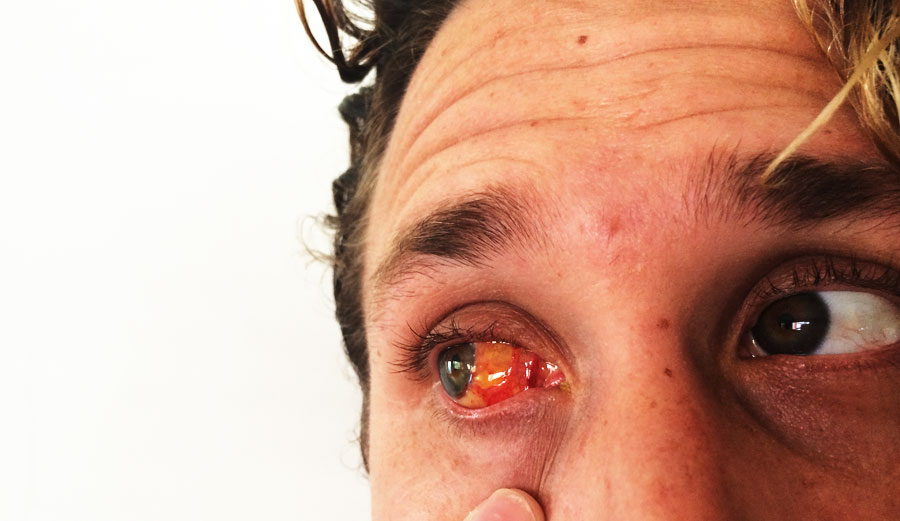A pterygium appears as a growth of pink, fleshy tissue on the conjunctiva. It usually forms in the inner corner of the eye and it’s a common complaint that can affect anyone, but especially those who spend a lot of time outdoors. In many cases it is not serious, but can feel irritating.
If you are interested in learning more about pterygium, this article will come in handy. We’ll discuss its main causes and how it manifests. Additionally, we’ll introduce you to the best treatment method for this condition and suggest ways to prevent it from happening in the first place. With this information at your disposal, you can take charge of your eye health and have a healthy, happy life.
What Are The Symptoms Of Pterygium
Pterygium may start as a small red bump. The growth can appear in one eye, or both, in which case it’s called bilateral pterygium. This condition might spread slowly during your life, or stop after a certain point. When left untreated, it can extend across the pupil, causing obstructed or blurred vision.
Not all people suffering from pterygium will have symptoms. Sometimes the condition just shows up, other times it can be accompanied by:
- A burning sensation
- Itchiness
- Foreign body sensation in the affected eye
- Redness
- Blurry vision once the growth has reached the cornea
What Causes Pterygium To Form
The most common causes that can lead to pterygium include:
- Lots of exposure to ultraviolet light without wearing sunglasses
- Irritants like wind and dust
- Chronic dry eye syndrome
Can Pterygium Be Prevented?
The growth of pterygium can be prevented with the right eye care — wearing sunglasses everyday including when it’s cloudy, and getting regular eye exams. For the best protection you should choose shades that block 99%-100% of both UVA and UVB radiation.
Artificial tears are another preventive method many eye doctors recommend. They can keep your eyes clean and moist, and protect the eye membrane against dryness.
What’s The Treatment
People who suffer from pterygium should always consult with an ophthalmologist for a treatment tailored to their particular case.
If symptoms are mild to moderate, the eye doctor may recommend over the counter ointments, or eye drops to reduce redness and irritation. When the pterygium is accompanied by itching and pain, prescription eye steroids can also be used to lower inflammation.
If the pterygium evolves to become bothersome, keeps returning, and interferes with the patient’s vision, the doctor can decide to remove it during an in-office or outpatient surgical procedure.
- Conjunctival Autograft surgery is the most recommended treatment for pterygium. Not only does it reduce its chances of coming back, but it also offers the best appearance results once completed.
- Another treatment Dr Besser employs in his clinic is an Amniotic Membrane Graft.
If you suffer from a pterygium, don’t hesitate to contact Dr Besser’s office for more information regarding the right treatment for you. You can also learn more about the many other procedures he performs in his clinic such as Lasik surgery, cataract surgery, or refractive lens exchange.

